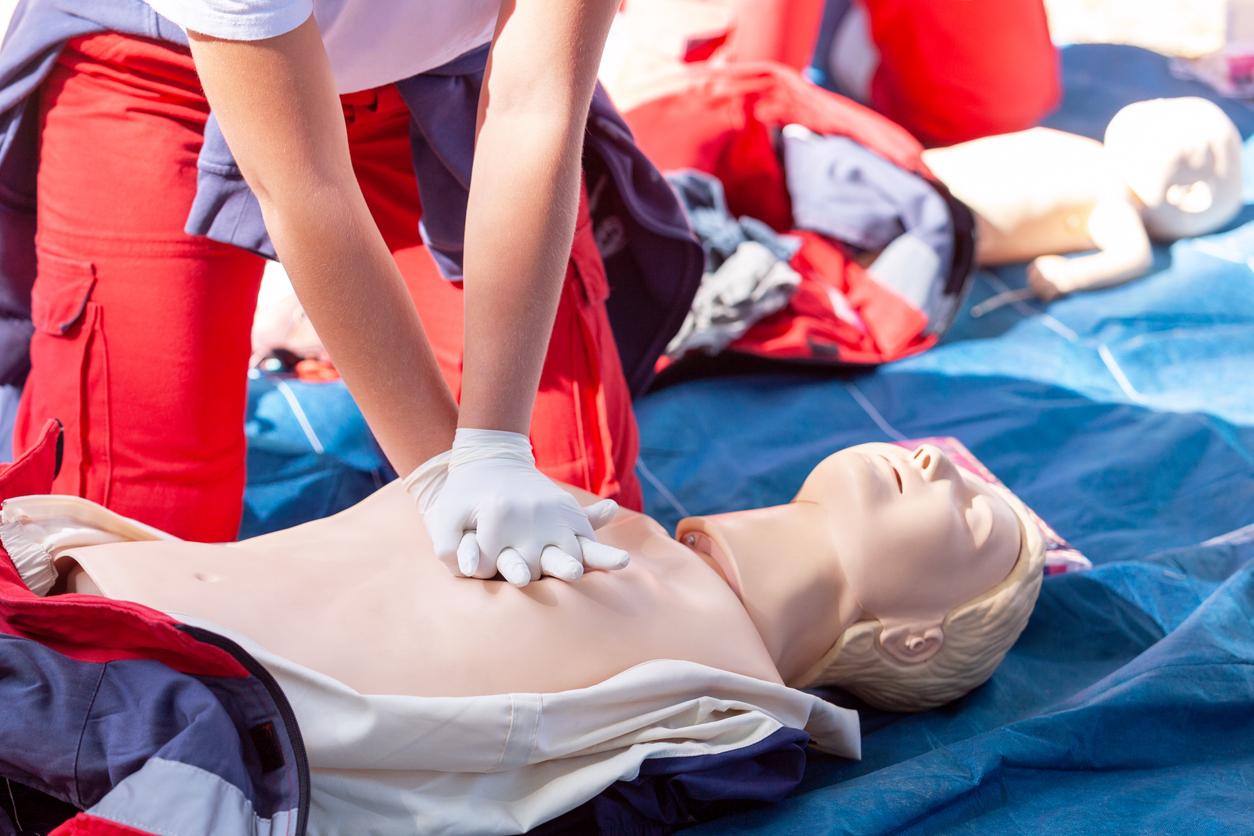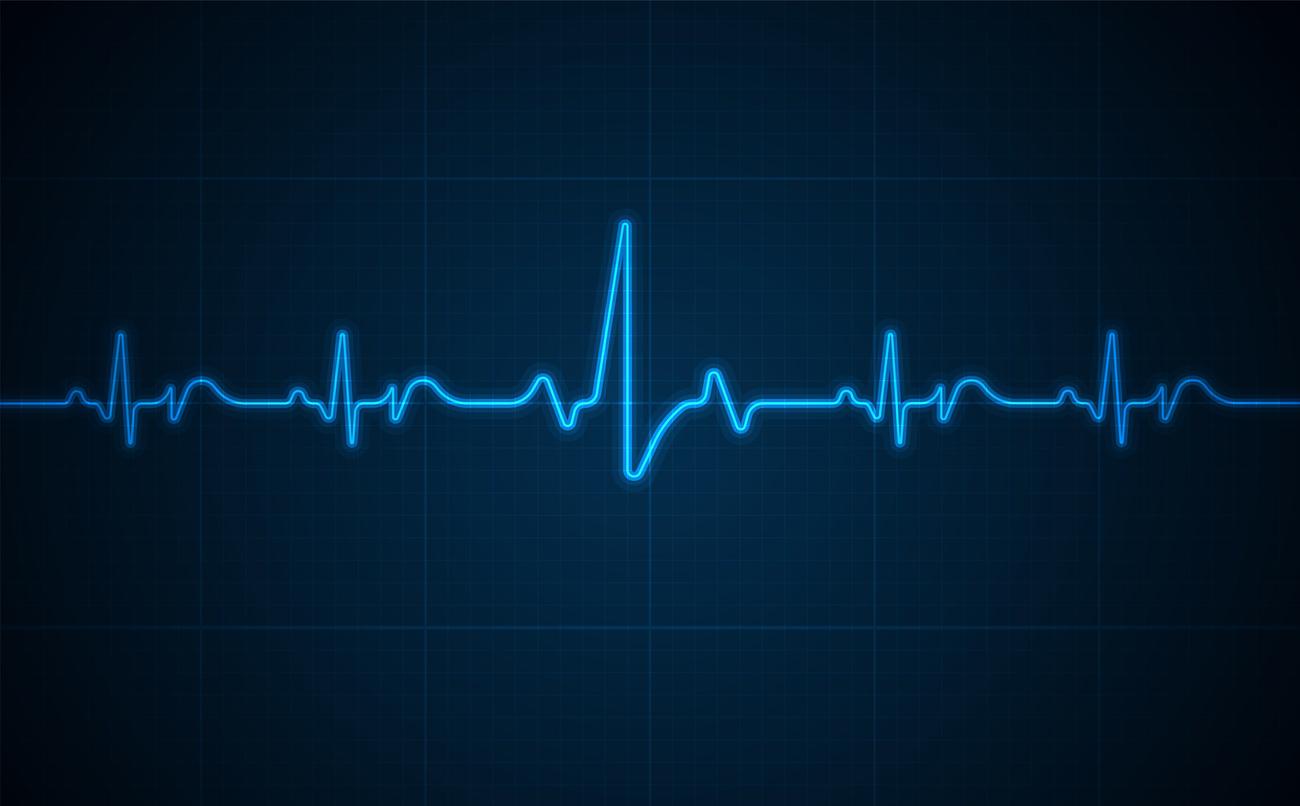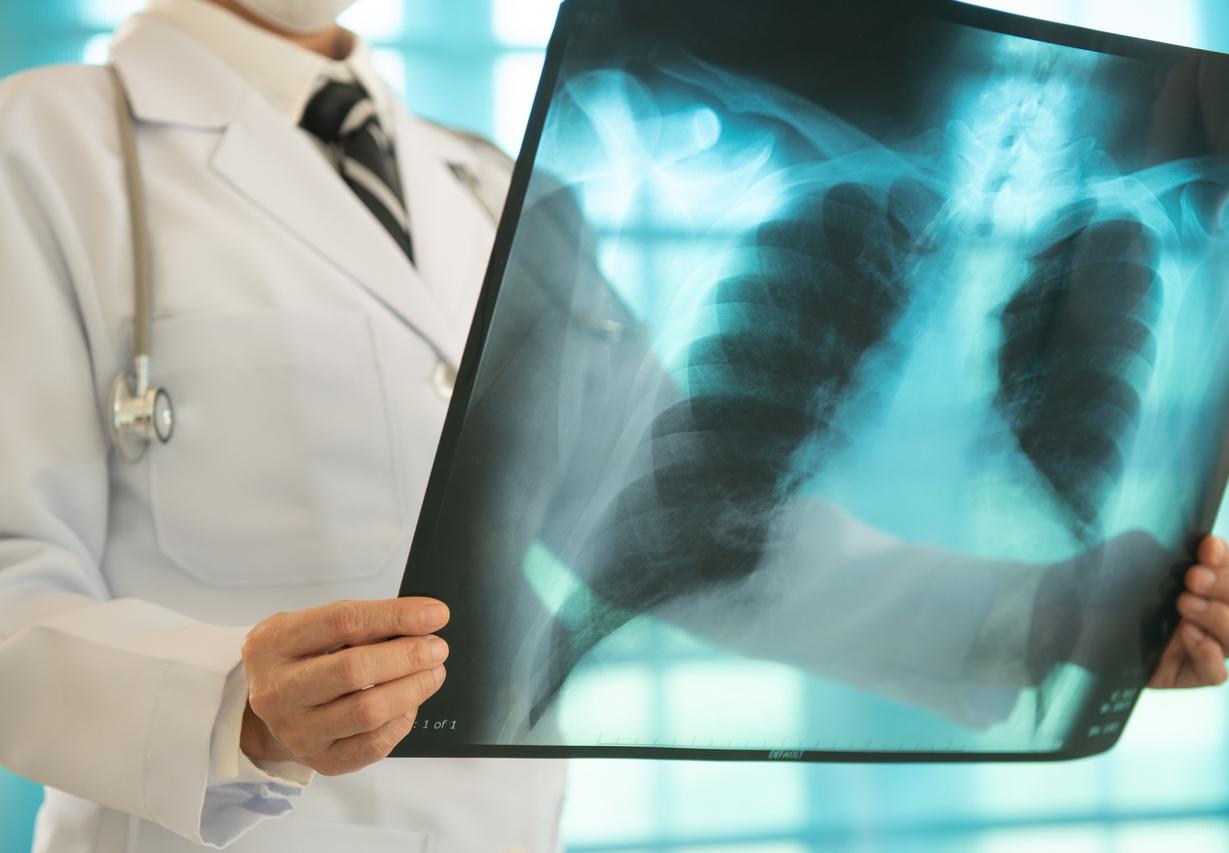People who live on the highest floors of buildings are at greater risk of dying after cardiac arrest. The response time of rescuers is indeed increasing.

Living on the top floor of your building may allow you to benefit from the most beautiful view of the entire neighborhood, but may be risky for people with a fragile heart.
A new study, published in the Canadian Medical Association Journal shows that the higher the person lives in their building, the more the chances of surviving a cardiac arrest decrease.
The researchers looked at more than 7,840 cases of cardiac arrest that took place between 2007 and 2012 in Toronto. All the information about the victims was stored in a large database, in which the scientists notably had access to details of their place of residence, the length of time to respond to emergencies, and whether the patient had succumbed to his / her arrest.
Survival decreases
They then calculated the survival rate of these victims according to the floor where their accommodation was located. Of 5,998 patients living on the first or second floor, 252 of them, or 4.2%, survived.
Beyond the third floor, where the other 1,844 patients lived, the survival rate drops to 2.6%. For those who lived in large buildings, over 16 stories tall, the survival rate is close to zero.
Elevators too slow
In France, there may be fewer buildings as large. However, the problems identified by researchers in reaching the upper floors are frequent.
They believe that rescuers are less likely to arrive in time to a victim who lives at height because of the slowness of the elevators. In 18% of cases, these were stopped between floors because they were called by neighbors, increasing the response time by 54 seconds at each stop.
Other brakes that slow down the arrival of help: the presence of a code at the entrance to the building or the impossibility of holding a stretcher in the elevator.
Other complementary studies, in other countries, would make it possible to validate this link between mortality and high level of residence. However, the researchers believe that this should lead the emergency services to organize themselves differently and to ask the right questions during an emergency call, in order to fully understand what the building in which they will intervene will look like.
.

















